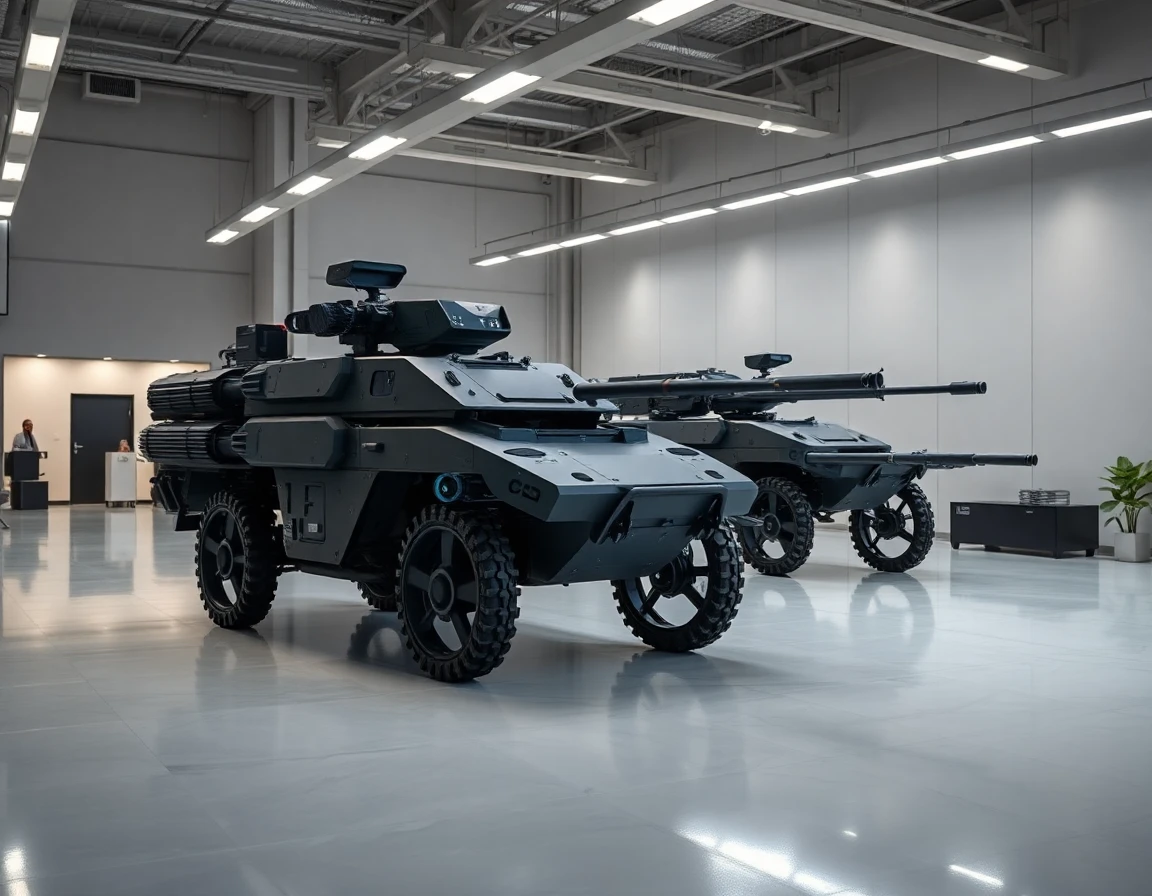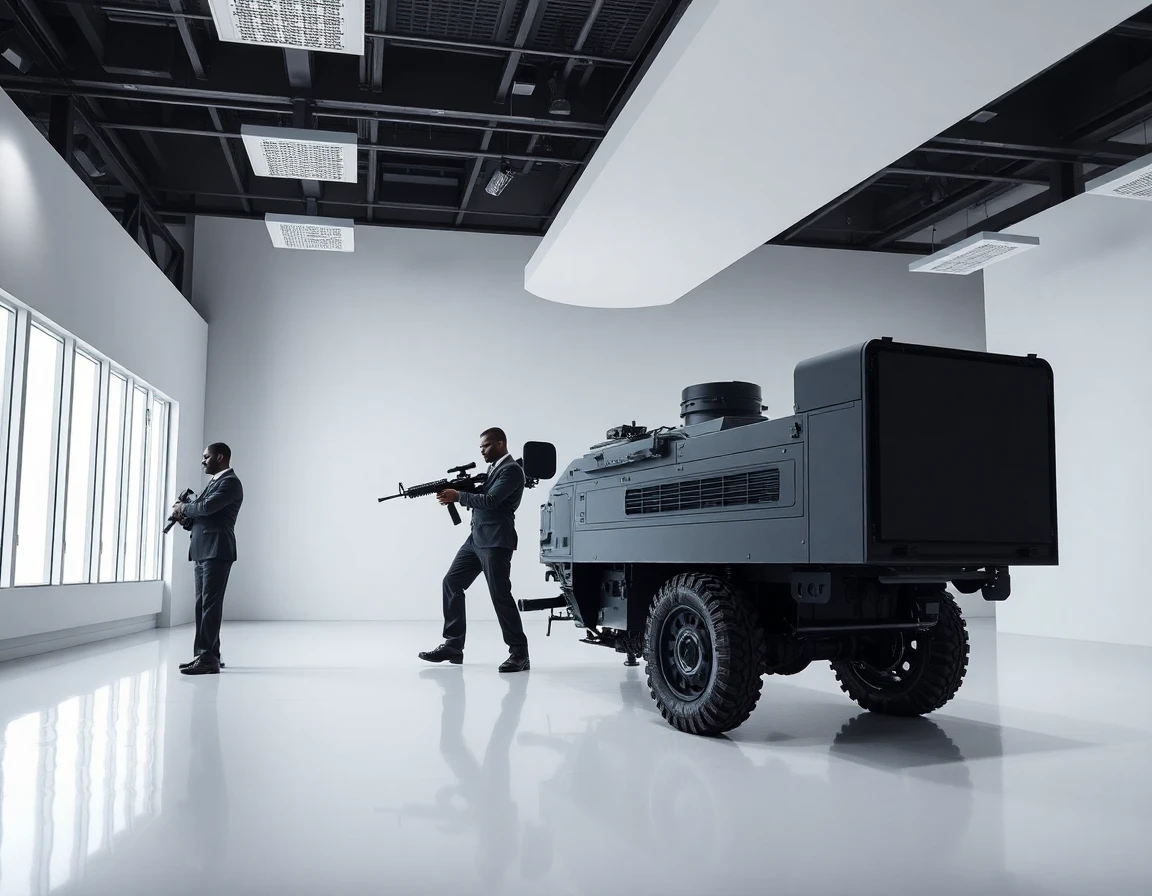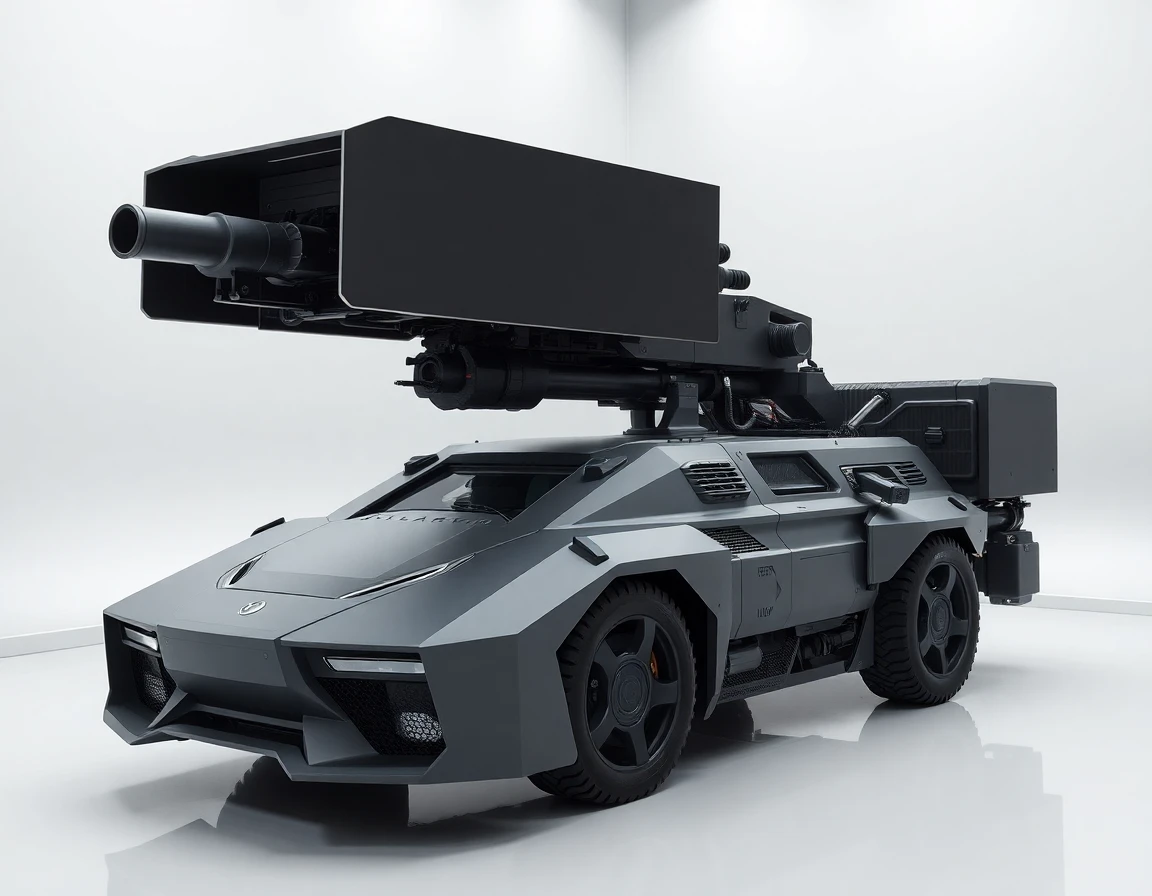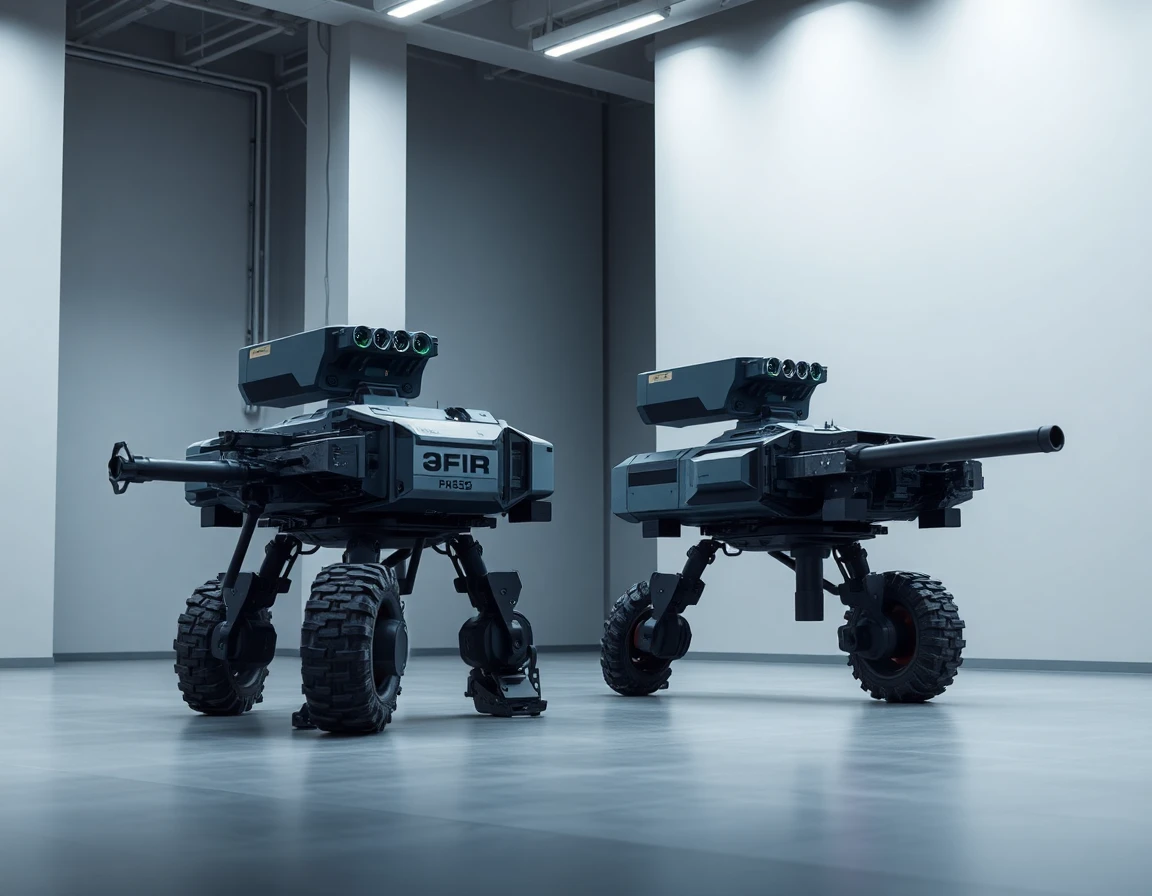In recent years, the landscape of military technology has undergone a seismic shift with the advent of autonomous defense systems. These AI-powered solutions promise to reshape the battlefield by enhancing surveillance capabilities and reducing human risk. Recent field testing results have shown that these systems are not just theoretical concepts; they are actively being integrated into current defense strategies.
What Are Autonomous Defense Systems?
Autonomous defense systems are automated technologies designed for surveillance, reconnaissance, and tactical operations without the need for direct human intervention. Leveraging advanced artificial intelligence (AI), these systems can process vast amounts of data in real-time and make decisions that enhance operational efficiency. They range from unmanned aerial vehicles (UAVs) to ground-based robots, all equipped with sophisticated sensors and navigation systems.
Key Technological Components
The backbone of these autonomous systems is their advanced sensor technology. For instance, high-precision navigation systems play a critical role in ensuring that UAVs and robotic platforms can accurately position themselves in challenging environments. These systems, which utilize advanced inertial measurement units (IMUs), are capable of maintaining high levels of accuracy even in the most adverse conditions.
Moreover, the integration of radar systems allows for real-time threat detection, offering military strategists the ability to respond quickly to potential dangers. These systems work seamlessly with autonomous platforms, enabling them to navigate complex environments while identifying and neutralizing threats.
Recent Field Tests and Insights
Recent field tests of various autonomous defense systems have yielded promising results. According to a report from the Defense Innovation Unit (DIU), AI-powered UAVs have demonstrated a significant increase in operational efficiency, completing missions with reduced human oversight.
“Autonomous systems allow us to extend our operational reach while minimizing the risk to our personnel,” stated Dr. Emily Carter, a leading researcher in defense technology at the Institute for Advanced Defense Studies. “As we integrate more AI capabilities, we can expect these systems to become even more reliable and effective.”
These tests have also highlighted the importance of compact sensor modules that can be deployed in various defense applications. The ability to pack sophisticated technology into smaller, more agile platforms helps enhance the versatility of autonomous systems on the battlefield.
Implications for Military Strategy
The integration of autonomous defense systems represents a paradigm shift in military strategy. With capabilities for persistent surveillance and rapid response, these systems provide commanders with unprecedented situational awareness. The data gathered by autonomous platforms can be analyzed using machine learning algorithms to anticipate enemy movements and make informed tactical decisions.
Additionally, the deployment of hypersonic systems alongside these autonomous technologies could redefine engagement strategies. Hypersonic weapons, which travel at speeds greater than Mach 5, can be effectively targeted using data from autonomous surveillance systems, allowing for precise strikes that minimize collateral damage.
Future Developments and Challenges
As military forces around the world continue to invest in autonomous defense systems, several challenges remain. Issues such as cybersecurity vulnerabilities and ethical considerations regarding the use of lethal autonomous weapons are hotly debated. Ensuring that these systems operate within established rules of engagement is crucial for maintaining accountability.
Furthermore, the future of autonomous systems in defense will likely see increased collaboration between military and private sectors. Companies developing cutting-edge technologies, such as thermal battery systems for missile applications, are expected to play a significant role in advancing these capabilities.
“Collaboration between defense contractors and tech firms is essential for fostering innovation in autonomous systems,” added Dr. Carter. “The next generation of military technology will depend on our ability to leverage advancements in both sectors.”
Conclusion
The rise of autonomous defense systems marks a significant milestone in the evolution of military technology. As these systems become more sophisticated, they will undoubtedly influence military operations and strategies for years to come. The potential for enhanced surveillance, rapid response, and strategic decision-making positions these technologies at the forefront of modern warfare.
As defense agencies continue to explore the integration of these systems, the implications for national security and global military dynamics will be profound. The future is not just about autonomous systems; it is about how they will change the very nature of warfare itself.



